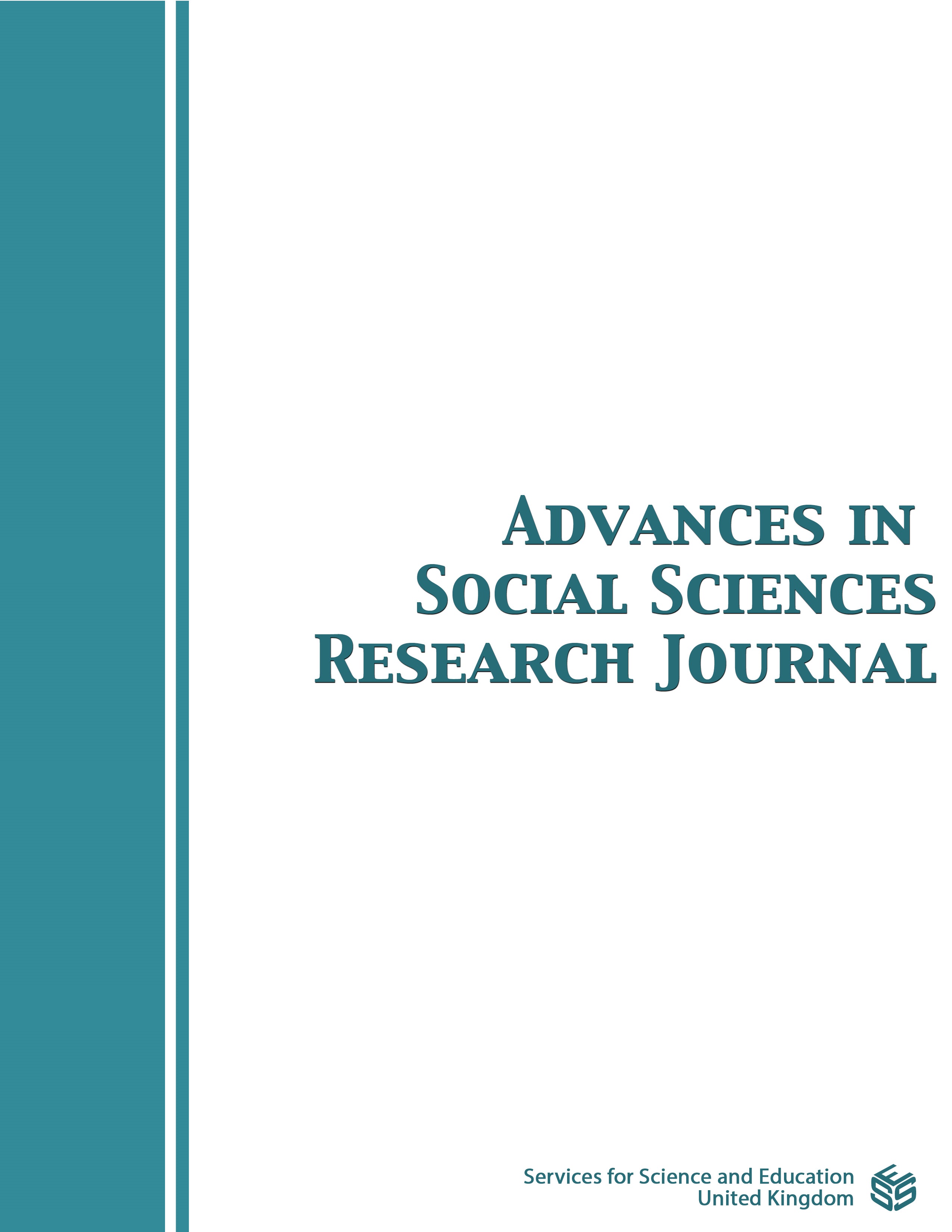Justice Collaborator in the Perspective of Indonesian Criminal Law
DOI:
https://doi.org/10.14738/assrj.108.15304Keywords:
Justice Collaborator, Legal Protection, criminalAbstract
The determination of a justice collaborator is to expose and dismantle these organized criminal groups. This involves gathering information about the main actors behind the organized crimes, understanding the structure of these criminal organizations, and uncovering the activities, flow of funds, and records of these organized crimes. In this context, a justice collaborator plays a crucial role as a key to revealing criminal activities. The purpose of this research is to understand the legal provisions regarding the status of a justice collaborator in providing testimony in criminal cases and the legal protections afforded to them. Several references governing the requirements for someone to become a justice collaborator are outlined in the Supreme Court Circular Letter (SEMA) No. 4 of 2011 concerning treatment for Whistleblowers and Justice Collaborators, as well as Law No. 13 of 2006 concerning the protection of witnesses and victims, and other relevant legislation. The role of justice collaborator in assisting law enforcement is essential. The importance of legal protection for justice collaborators and special treatment and leniency in punishment becomes crucial to shed light on previously obscure criminal events. However, there is still no specific, clear, and definitive regulation regarding the establishment and procedural determination of a justice collaborator. Rules concerning the protection of justice collaborators should be detailed and clear since the cooperation of witness perpetrators is vital for the disclosure of crimes such as corruption, but their testimony can also expose them to significant risks that must be addressed for their protection.
Downloads
Published
How to Cite
Issue
Section
License
Copyright (c) 2023 Radisman Saragih

This work is licensed under a Creative Commons Attribution 4.0 International License.
Authors wishing to include figures, tables, or text passages that have already been published elsewhere are required to obtain permission from the copyright owner(s) for both the print and online format and to include evidence that such permission has been granted when submitting their papers. Any material received without such evidence will be assumed to originate from the authors.






